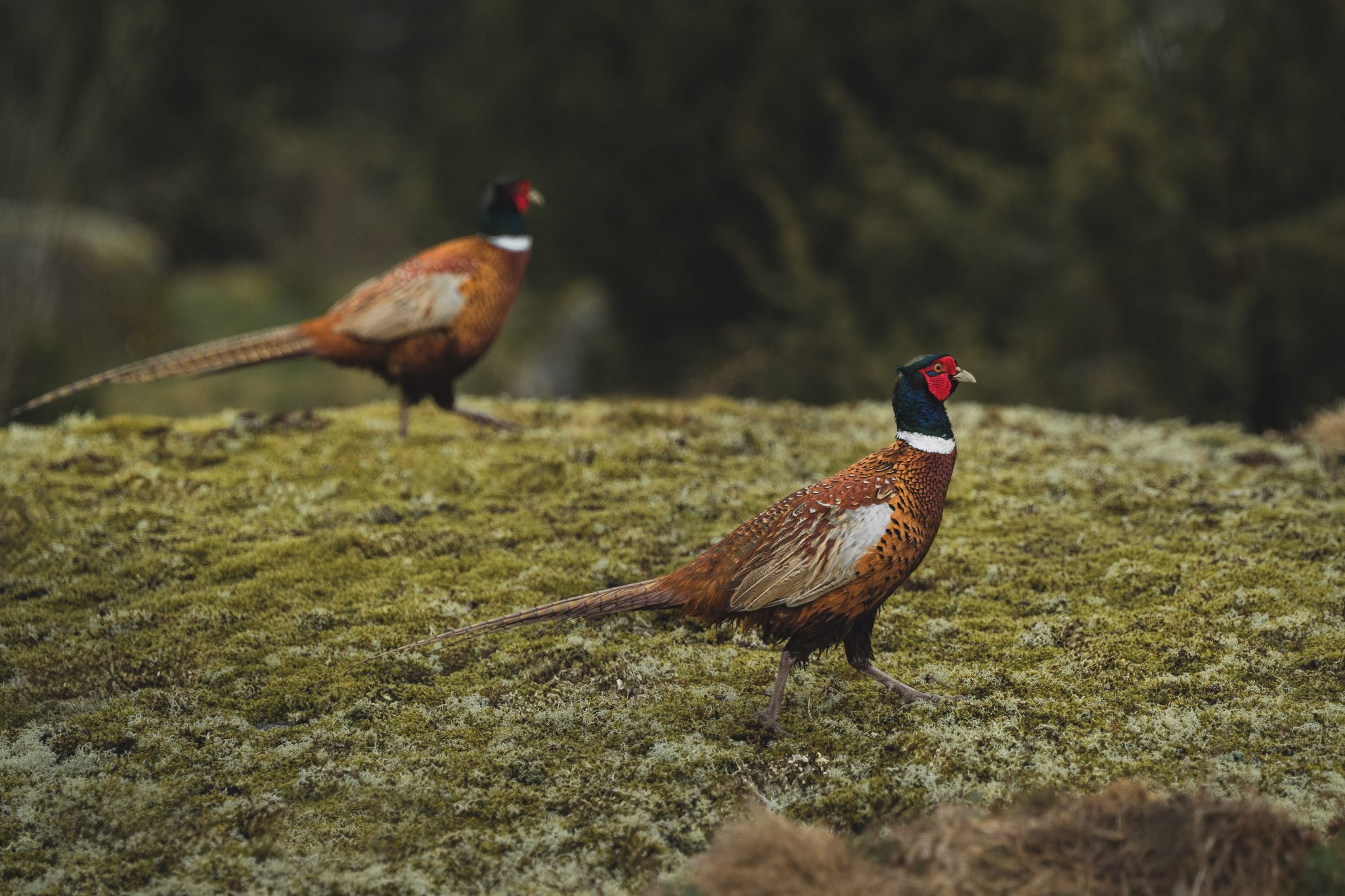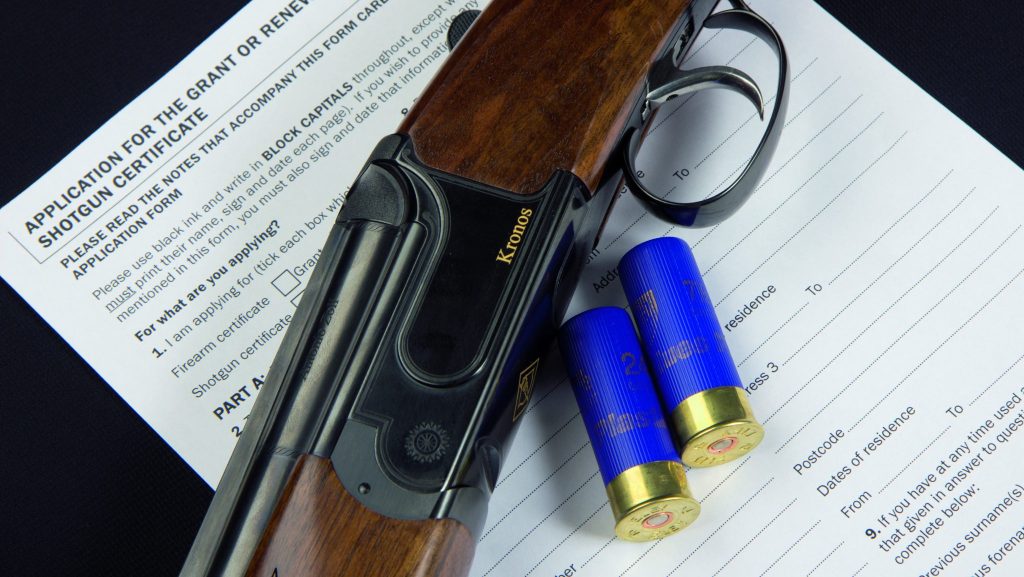Win CENS ProFlex DX5 earplugs worth £1,149 – enter here
Firearms law: the way forward
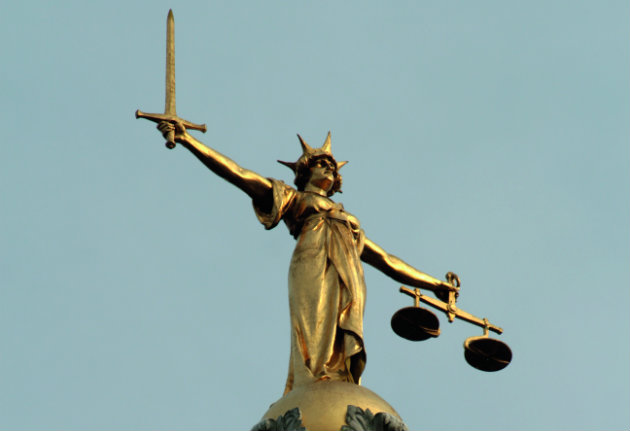
From the firearms point of view, 2015 was a busy year. The report of Her Majesty’s Inspectorate of Constabulary into firearms licensing was released in September. To nobody’s surprise, it revealed serious shortcomings in the way the police manage the licensing process. Its publication coincided with a symposium held by the Law Commission as part of its consultation process prior to issuing recommendations on updating firearms law. The symposium was well attended by the shooting organisations, police, lawyers and other interested parties.
The Commission listened carefully to what was said and its report, published in December, has generally been welcomed by the shooting organisations. Fundamentally, as readers will be aware firearms law is overly complicated. There are more than 30 Acts governing the possession and use of firearms. In addition, there is plentiful secondary legislation that affects ownership and use.
I estimate that the 1968 Firearms Act has been amended on average once every 14 months. Rationalisation and simplification is long overdue.
Some of what follows may look familiar. That’s because much of it has been discussed by the late lamented Firearms Consultative Committee (whose re-establishment the Law Commission recommends) and is incorporated in the Home Office guidance. However, the guidance is not law and is often disregarded by police and judges.
Proposed limit of “lethality”
The Law Commission looked in detail at some areas that pose problems for owners, the police and the courts. First for consideration was lethality. The law does not define this, but the Commission recommends a figure of one joule (about 0.75ft/lb), except for airsoft (a sport using guns that fire non-metallic pellets) where the figure would be 2.5 joules. You might wonder why the proposed limit is not set at 2.5 joules overall, but this appears to be a case of the Scottish and Northern Irish tails (where airguns have to be on certificate) wagging the English and Welsh dogs. Surely that’s not what devolution is about?
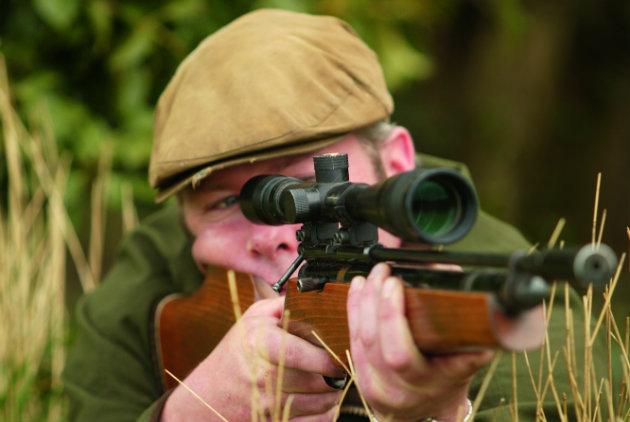
The Law Commission has recommended a definition of “lethality” but airgun licensing disparities within the UK have meant the stipulation of more than one figure
Component parts for a Section 1 firearm have to be held on certificate, but “component” is not defined in law. The Law Commission proposes a definition for component that includes the barrel/ chamber/cylinder, the frame/body/receiver and the breechblock or bolt. Though the police and some others would like to see the same applied to shotguns, this was opposed by the shooting organisations (because there are no problems with the present system) and the Commission makes no recommendation.
The 1903 Pistols Act introduced the concept of excluding antique guns, which were possessed as a curiosity or ornament, from the legislation. The term “antique” was not clearly defined but it could be inferred that flintlocks and percussion pistols (some then less than 40 years old) were covered. Since 1920, even that helpful quasi-definition has ceased to exist and the decision as to whether or not a gun is an antique has to be made solely by a jury. Bizarre decisions have resulted.
Definition of antiques
The Law Commission proposes two levels of definition. First, antiques would be defined by their ignition system and would presumably (the Commission is not specific on the matter) include muzzle-loading flintlock and percussion guns, as well as those with less commonly encountered ignition systems such as the matchlock.
Second, there should be an amendable list of cartridge types for which ammunition is no longer readily available. This would include pinfire and numerous rim and centrefire calibres. Crucially, if a calibre that was initially regarded as antique were to be recategorised, the owner would be able to hold the gun on a firearms certificate (FAC) and transfer it to another collector with a similar FAC.
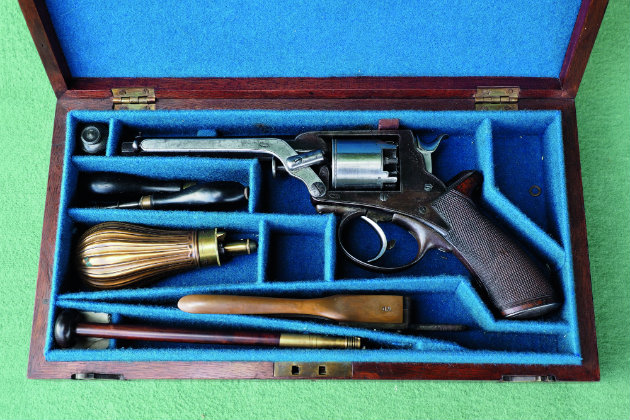
This 54-bore Tranter revolver, dating back to around 1862, could probably have been sold as an antique by 1903, but its legal status is still unclear
Generally speaking, antiques do not cause a problem, with only a few instances of possession with criminal intent. Given this lack of a real problem, it is surprising that the Commission considered that all sales of antiques should be by cheque or electronic transfer and that all should be recorded. Happily, it was persuaded this would neither be desirable nor practical.
Until 2014, antiques possessed as a curiosity or ornament were wholly exempt from the provisions of the Firearms Act.
Since then, the possession of antiques — even as a curiosity or ornament — by anyone who was debarred due to criminal conviction from possessing a firearm has been extended to antiques. However, without advancing any sound arguments, the Law Commission proposes that a further eight offences under the Act could now be committed by persons possessing antiques. As anyone committing one of these eight offences would not be possessing the antique as a curiosity or ornament, this seems a pointless addition to the already extensive list of crimes a citizen can commit.
Deactivated firearms post another problem
Deactivated firearms, which are popular with collectors and re-enactors, pose another problem. In the UK there is no legal requirement to deactivate to a particular standard, but a gun deactivated to the Home Office standards approved in 1989, 1995 and 2010 is legally regarded as deactivated. There are legitimate concerns in the UK and the European Union that some deactivated guns have been reactivated and used in crime. The AK47s used in the Charlie Hebdo massacre in January 2015 are a case in point.
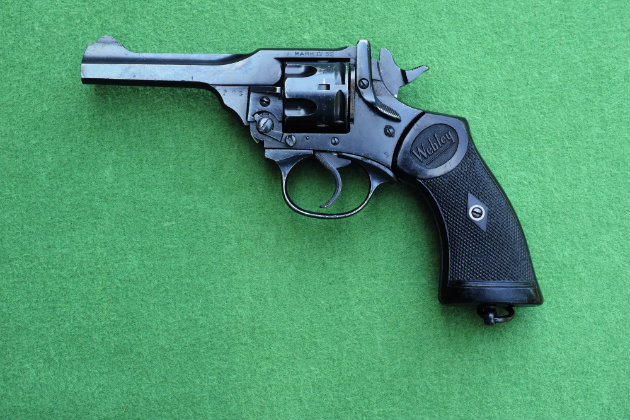
Though it looks in good order, this .32 Webley pistol has been deactivated and cannot be fired
The waters here are muddied by recent EU legislation, which has introduced standards that would be retrospective if a firearm deactivated to the 1989 or 1995 standards were to be placed on the market. The Commission makes a number of welcome recommendations that would make it more difficult to reactivate a deactivated gun or to convert something such as a blank firer into a working firearm.
Significantly, the Law Commission recommends that the law should be codified. Essentially, this means new legislation combining everything into one Act. It also opens up the possibility of putting right anomalies that the Commission overlooked. Whether the Government would be able to find time for such legislation is not known and it would give the anti-shooting fraternity an opportunity to create mischief.
Related Articles
Get the latest news delivered direct to your door
Subscribe to Shooting Times & Country
Discover the ultimate companion for field sports enthusiasts with Shooting Times & Country Magazine, the UK’s leading weekly publication that has been at the forefront of shooting culture since 1882. Subscribers gain access to expert tips, comprehensive gear reviews, seasonal advice and a vibrant community of like-minded shooters.
Save on shop price when you subscribe with weekly issues featuring in-depth articles on gundog training, exclusive member offers and access to the digital back issue library. A Shooting Times & Country subscription is more than a magazine, don’t just read about the countryside; immerse yourself in its most authoritative and engaging publication.




